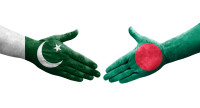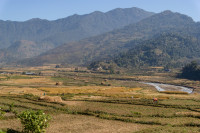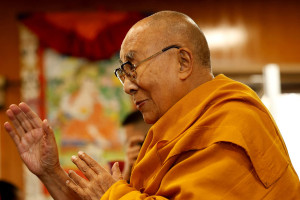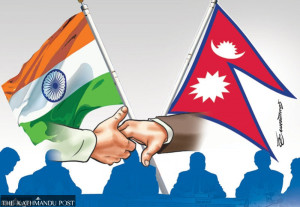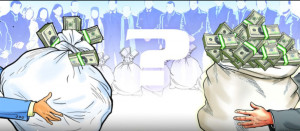Columns
The challenges people with disabilities face
The pandemic has disproportionately affected those among us with disabilities, whether they are visible or hidden.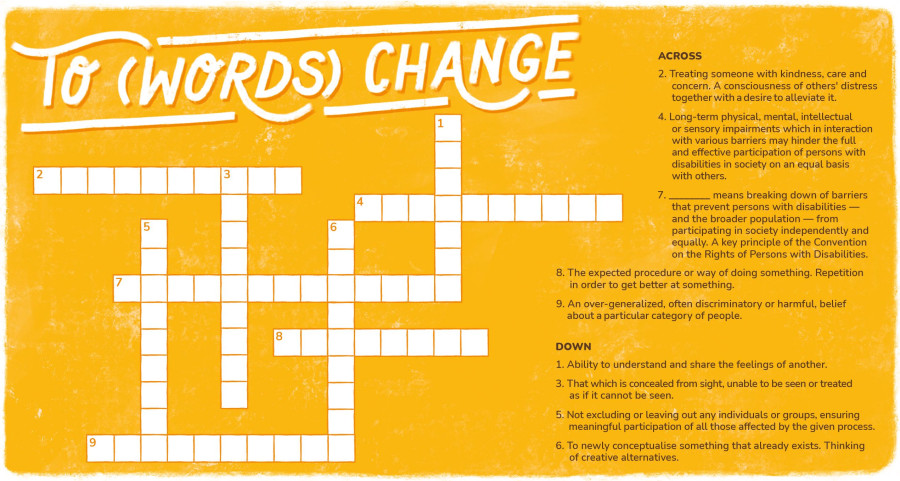
Richard Howard
The year 2020 has thrown unprecedented challenges at all of us, both in Nepal and globally. The pandemic has also impacted people disproportionally. Persons with disabilities that make up 15 percent of the world population, or one billion, are among the hardest hit by Covid-19. One in every five women is likely to experience disability in her life, while one in every 10 children is living with a disability. Of the one billion population of persons with disabilities, 80 percent live in developing countries. These numbers provide a backdrop for thinking about our response to Covid-19 and how we make a dedicated effort to ensure that people with disabilities are not left behind. We must ensure their inclusion in our response and recovery efforts.
Some disabilities are not visible. Chronic pain, mental illness, chronic fatigue are a few types of invisible disabilities that control people’s lives but do not show in obvious ways. These are people who are regularly told that their disabilities are not real, are made up for sympathy or only imagined and could not possibly be a real medical condition since they walk free from canes or crutches, have functioning limbs, and can seemingly move their bodies just like the rest of us. Society needs to be built so that it is accessible to everyone, including those with less visible disabilities.
Nepali society, like most societies, should promote greater understanding and increased accessibility for people with disabilities, who are often treated differently or excluded from the opportunities and conversations open to others. They are pressed to navigate a world that is not built for them. Kindness, compassion and consideration are a good start to ensure that we see and support those who may struggle and suffer in normal times and in times of crisis.
When this pandemic passes, the world must be a different place, and it is a chance to reimagine a society in which people with disabilities have better lives; where they do not have to fight to be seen and included, and where they are not merely an afterthought. People with disabilities should participate in our response and recovery from Covid-19 at all stages, and they should hold us accountable to deliver on our promises.
On this International Day of Persons with Disabilities, I hope that we can all begin to envision a society that everyone can participate in, one that changes how we see and interact with disabilities as equal partners, particularly those with invisible disabilities. It is a chance to build back better and challenge inequalities at every step.
A big step in the right direction is to break the silence, speak up and wipe away the biases held against people with disabilities, to banish the stereotypes, and slowly dissipate the stigma facing people with disabilities. These changes start with each of us making a commitment. There are myriad ways in which the world can transform to remove obstacles for people with disabilities to access the opportunities the rest have, from access to economic opportunity and healthy workspaces to accessible infrastructure and health services.
The United Nations Secretary-General has defined the inequality pandemic as the defining issue of our time, and that the Covid-19 crisis further exacerbates these stark and unsustainable inequalities. We can ensure through our actions that we do not allow this to become a reality, but that persons with disabilities have the same access, participation, inclusion as all other members of society.




 13.12°C Kathmandu
13.12°C Kathmandu
